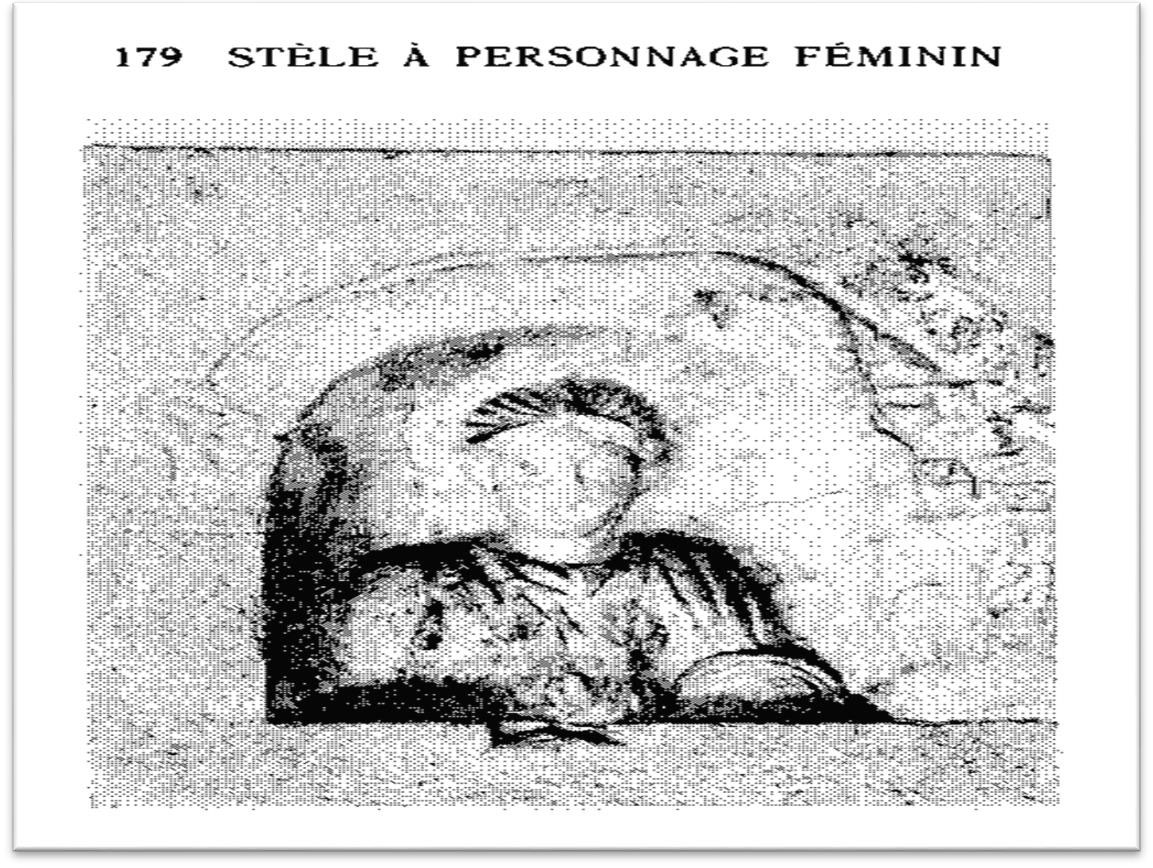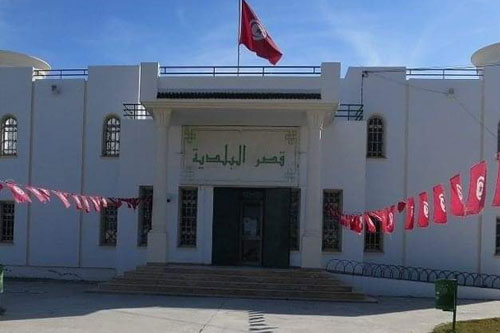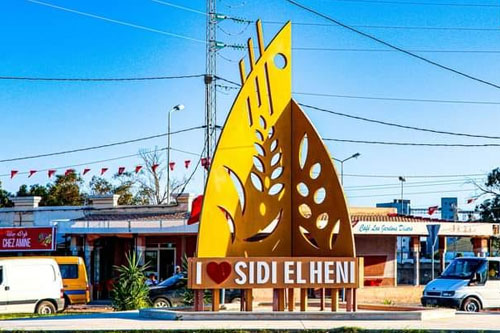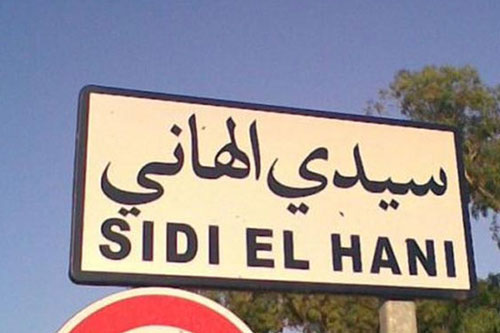The village of Sidi El Hani has experienced all historical phases and civilizations that have settled in Tunisia, starting from ancient times, passing through the Arab Islamic period, and reaching the contemporary colonial period.
1) The Berber Period:
Due to the significance of Sidi El Hani's location and its proximity to Kairouan and Sousse, this area has been populated since ancient times according to archaeological data. Some materials and artifacts retrieved from the area by researchers have proven that human presence dates back to the Cape Bon and Punic civilizations. Some remains have been found in Wadi Hamdan and in the site of Henchir Ramada, where the Douar of Awlad Khushin is located, dating back to prehistoric times, extending to the shores of the lake, which contains stone tools and remains of bones and tools used in tombs from prehistoric periods. Although there were some houses, they have dwindled as the local population relied on clay construction in ancient times.
2) The Roman Period:
During the Roman period, Sidi El Hani was known as "Vicus Augusti" due to its proximity to the coastline, as it was a crossing station and a linking point between the inland villages and the coastal cities and villages during the Roman era. The network of roads passing through it enabled vibrant economic activities to take on this leading role along the entire coastline. This village was closely connected to important Roman villages and cities such as: Hadrumète, Thysdrus, Aquae Regia, and Sufeitula. According to excavations and Latin inscriptions, some establishments date back to the first century BC, specifically to the reign of Antonin Le Pieux (86 - 161 BC), and this area is still rich in Roman archaeological sites, with around 125 sites, varying between houses, temples, mausoleums, and baths. Within the ancient site of "Vicus Augusti" there is a semicircular theater and some tombs.
There are also several archaeological remains around the marsh, notably shards of jars that were used to transport water or salt. Apparently, the village, like other Roman villages, was organized and well-prepared. This organization is attributed to its connection between the internal main roads on one side and the coastal roads on the other.


A) The Roman Roads in Sidi El Hani:
The Roman Empire was well-organized in all areas, with one of the most prominent being its network of roads. The construction of a Roman road would begin with laborers preparing and leveling the road, followed by a thick layer of stones, and then a layer of fine, compacted soil. A layer of evenly sized gravel would then be placed, followed by a uniform surface made of flat stones of equal size and shape, bonded together with a strong gypsum mixture. However, these stages vary depending on the type of land, its hardness, nature, and the materials used for paving. This precise process was overseen by specialized road engineers. Roman roads differ from one region to another, but craftsmanship, durability, and resilience are their common traits. The village of 'Vicus Augusti' was connected to an organized network of roads linking it to the most important cities of the time. Among the most significant of these roads were the ones connecting 'Sidi El Hani to Sousse,' 'Sidi El Hani to Al-Jem,' 'Sidi El Hani to Kairouan,' and 'Sidi El Hani to Sbeitla.'
All these routes significantly contributed to the transport of goods and merchandise, including animals and slaves, brought from Africa to the Theater of Pompey or to Rome by sea. These routes also enabled this village to have significant activity, as evidenced by the archaeological remains and Roman artifacts in more than 125 archaeological sites.

B) Architectural Structures:
The Roman civilization excelled and was distinguished by its architectural structures, showcasing various constructions that still stand today. As for the village of 'Vicus Augusti', or Sidi El Hani, it included several buildings, among them:
❖ The Theater: The theater is located in the middle of the ancient archaeological site 'Vicus Augusti'. Its stage has a diameter of 25 meters and its wall faces north. Part of the auditorium has collapsed, and only the vaults and supporting walls remain.

❖ The Baths: The region of Sidi el-Hani contains four baths dating back to the Roman period. Most of them have vanished, and only some ruins remain that testify to their existence. To the north of the theater, within the orchards, the remains of three baths of limited dimensions can be seen, and they can be studied in detail through the remains of mosaics and marble.
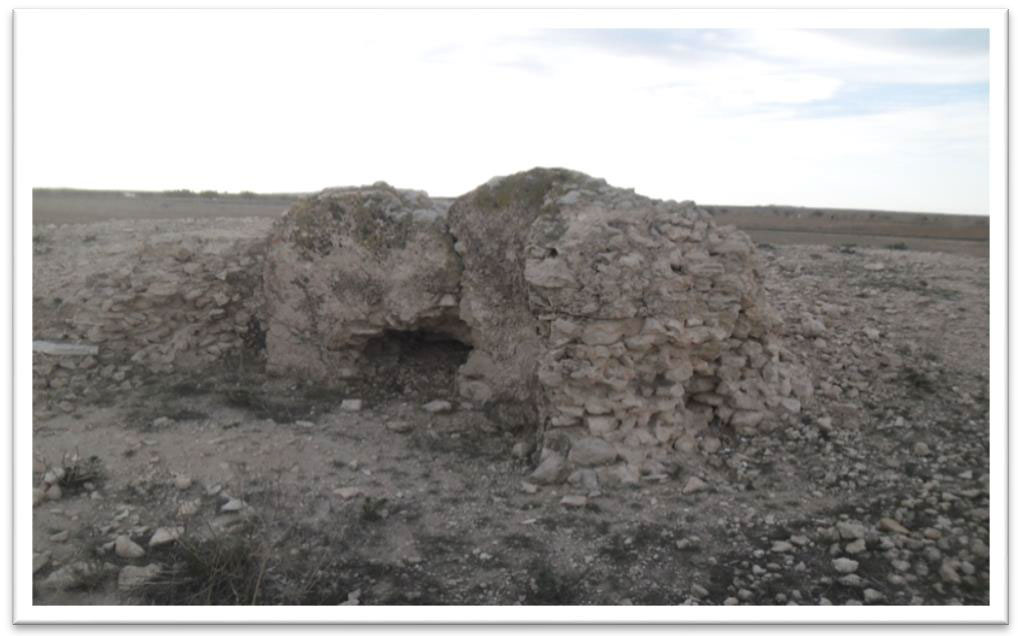
Bathhouses held great importance during the Roman era, where people would gather to first engage in physical exercises. It is known that bathers would pass through all the rooms; after undressing, they could stay for a while in the cold water room or the lukewarm water room, and then enter the hot water room where steam rises, aiding in the secretion of sweat from the body. In this room, there are several furnaces and tubs filled with lukewarm and hot water for those who wish to soak. It was customary for bathers to return for a cold bath before leaving the bathhouse.(Funeral Structures: Researchers have counted several Roman and Punic funeral structures in this area. The number of tombs reached five, while the number of graves totaled 23, located in scattered sites.
❖ Tombs: The Romans were known for building tombs in several cities and villages. Among the most important tombs in this area is the large tomb located approximately five hundred meters from the theater. This tomb is known as "Kasr Talga." It was built with rubble and is surrounded by a square-shaped fence measuring 15.50 m per side, part of which has collapsed. It could be the fence of one of the graves of the ancient city of Sidi Hani.
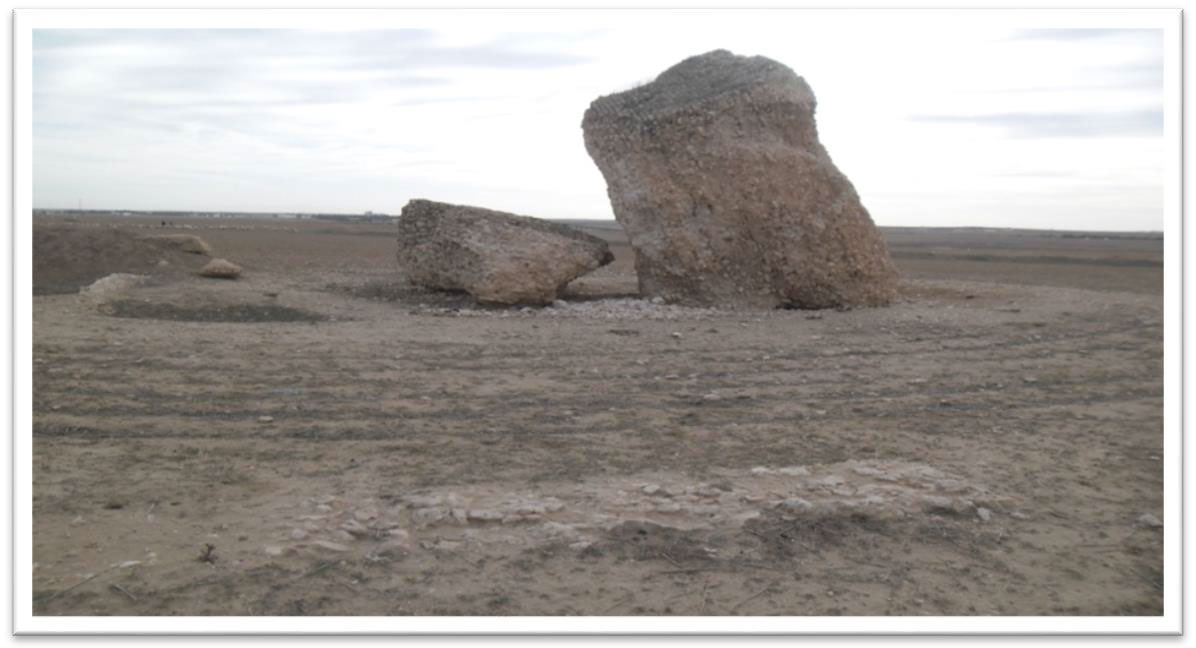
This shrine has been the subject of several studies by researchers in archaeology, most notably: Henri-Jules Saladin (1853 - 1923) and René Cagnat (1852 - 1937) in the year 1882.
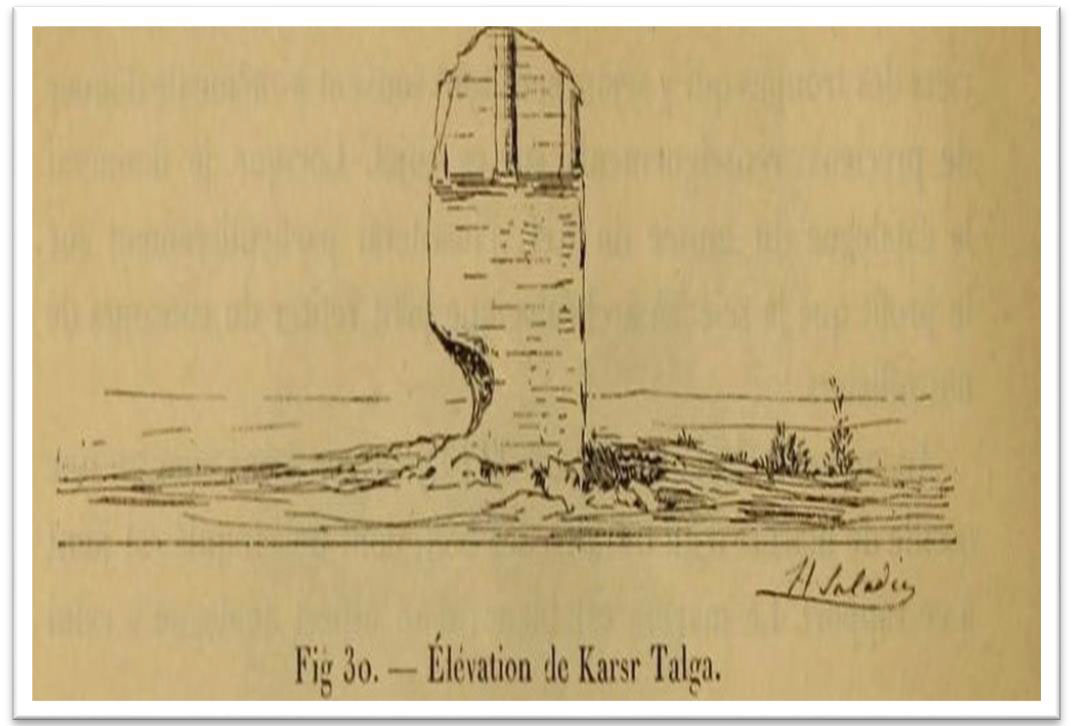
❖ The Cemeteries: There are several cemeteries in the area dating back to different periods, some of which date to the beginning of the prehistoric period, namely the Capsian civilization, while others date back to the Punic civilization and others to the Roman period. These cemeteries differ in terms of their shape and content. We find box-shaped graves made of rubble, and dug graves containing ashes, bones of the deceased, offerings, remnants of jars, lamps, incense burners, and some vessels that were used to complete the funeral rituals.Some graves still exist to this day, but like most archaeological sites in the region and many other areas of the country, they have been excavated and several archaeological pieces have been extracted from their depths by antiquities smugglers.
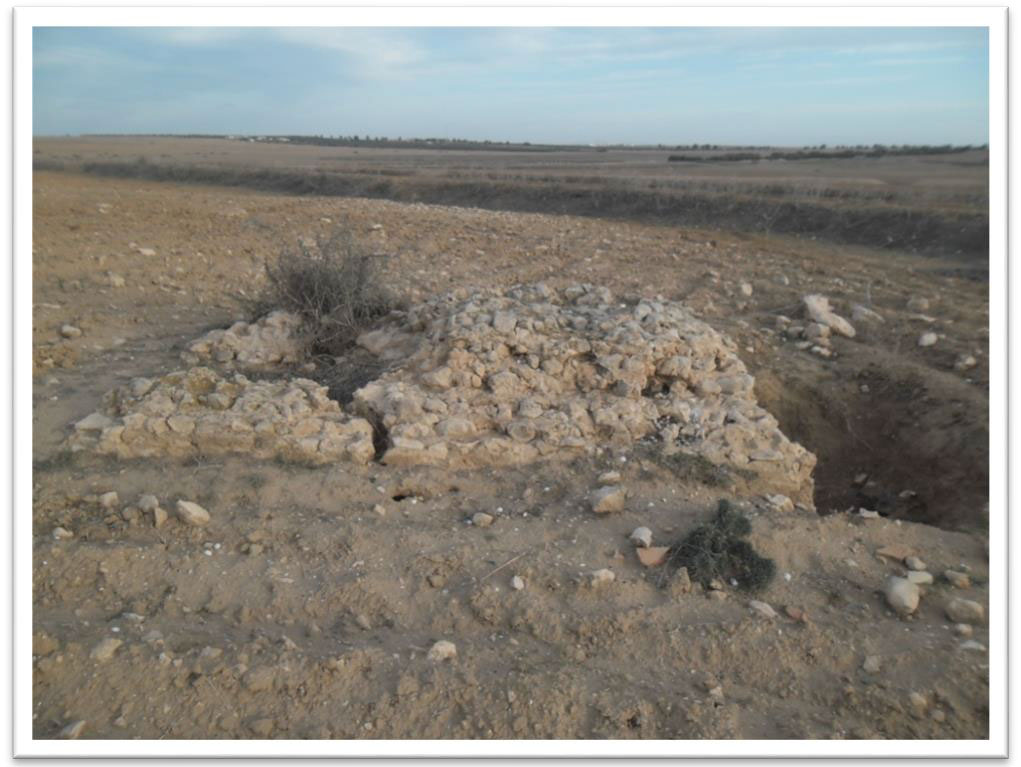
Water Installations: The Romans excelled in building water installations to manage and utilize rainwater and stream water. Several basins and reservoirs dating back to the Roman period still exist, totaling 35 installations in Sidi El Hani.These reservoirs are considered a vital component for establishing a Roman city and bear witness to the artistic and scientific abilities of the Romans in collecting, transporting, storing, and distributing water. These structures have maintained their integrity due to their strong construction and the various techniques used in their building. This explains the existence of some features still in use today in certain areas such as wells, basins, reservoirs, channels, and others...

According to the national map of archaeological sites overseen by the supervisors to identify and inventory most of these structures, such as cisterns and basins, there is, for example, a cylindrical cistern in 'Wadi Al-Auja' that is 8 meters deep. We find the largest basin known as 'Bin Turki', which contains several filtration basins. It seems to have been well constructed and organized through the channeling of water drainage, evidenced by the engineering visible on it. 'Sidi Al-Hani' has been of strategic and urban importance since ancient times. This importance is reflected in the abundance of artifacts and structures dating back to different periods, particularly the ancient period, from which some have been excavated.
D) The artifacts extracted from Sidi El Hani:
The Sidi El Hani area is considered one of the regions that contains several archaeological and historical sites, like many other areas in the Sousse Governorate and Tunisia. Thus, it has been and continues to be a destination for researchers and conservators of artifacts. This area has contributed to adding some new historical facts about the civilization and history of Tunisia. Archaeologists have managed to extract some archaeological finds and transfer them to be exhibited in various Tunisian museums and even in European ones. Among these artifacts, some are displayed in the Sousse Archaeological Museum, while others are presented in the Bardo Museum and the Louvre Museum in Paris. Some of these artifacts have been studied by researchers who provided comprehensive studies on the artistic characteristics of these archaeological finds. One of the most notable of these finds is a mosaic panel representing the sea god, which is located in the Bardo Museum.
❖ Mosaic panel representing the sea god:This panel was discovered in Sidi El Hani in 2007 and is now exhibited in the Bardo archaeological museum. Its dimensions are 45 by 65 cm.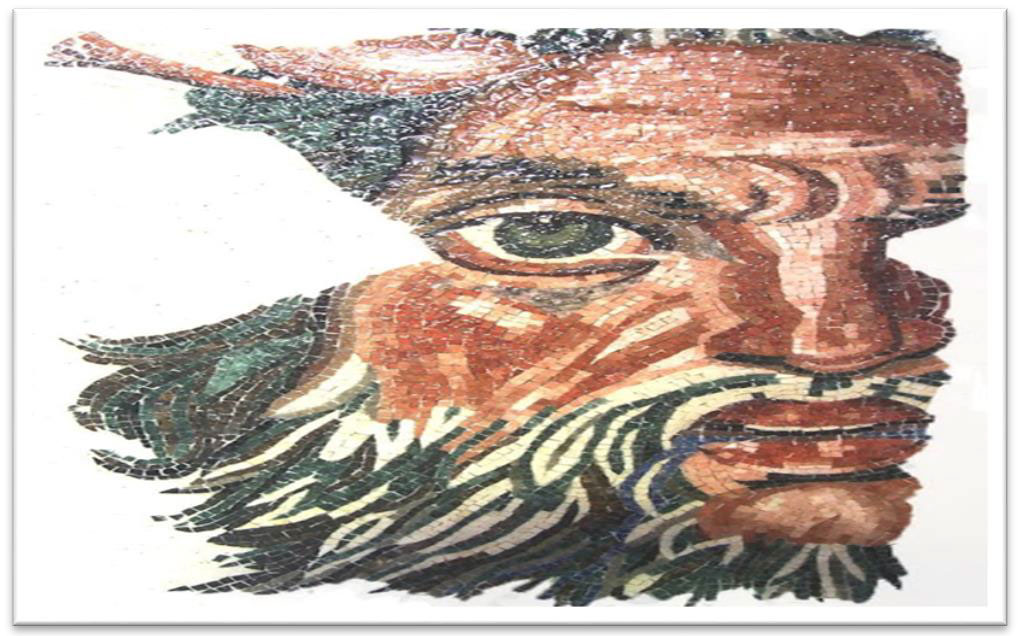
This artifact was found in 1978 and its number is 3564. It measures 0.11 m in height and 0.8 m in width. This last piece appears to be made of marble, depicting a figure holding palm tree branches, and is displayed at the Bardo Museum.A monument of a sacred figure: 'Stèle à personnage sacrifiant.' This text has different dimensions. It was discovered in 1898 by 'Don Gallène' and is dedicated to the god Saturn 'Dieu Saturne.' The piece features a sacred figure giving thanks to the god.
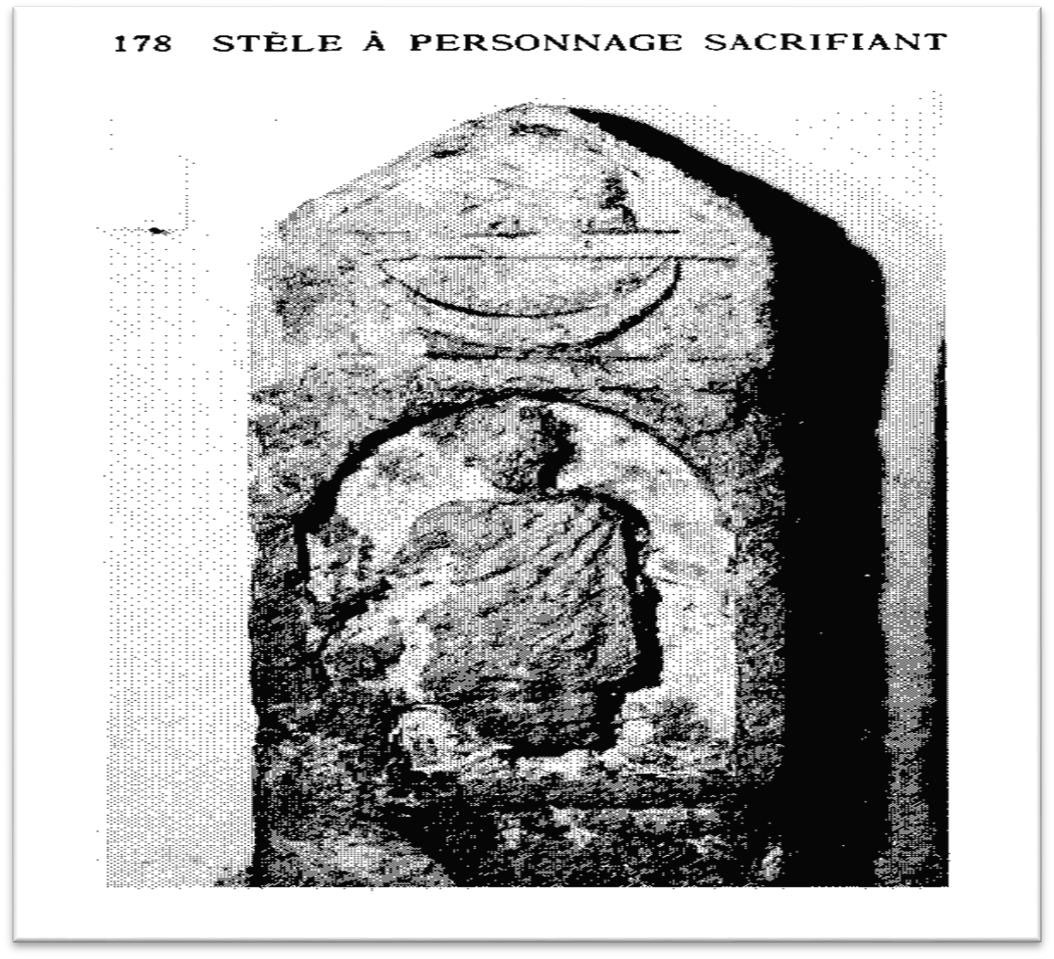
We also find another piece displayed in the Sousse Museum which is:
❖ A sculpture of a female figure 'Stéle personnage féminin.' This piece was found in Sidi El Hani in 1899. It measures approximately 0.23 meters in height and 0.18 meters in width.
